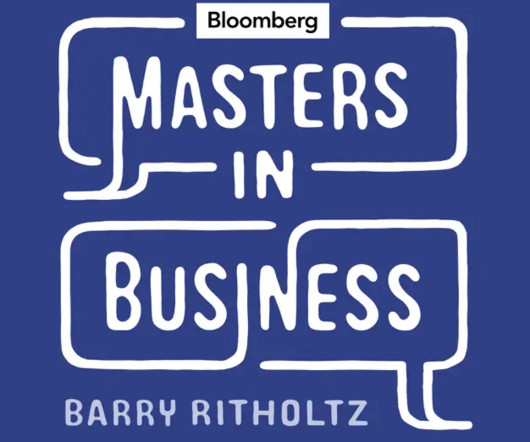Transcript: John Hope Bryant
The Big Picture
MAY 30, 2023
Different risk tolerance and different business plan. Number one, a school district is a business. And number two, and I think that they were like, I’m sure there’s a note coming after this with a congressional allocation, and it never came. BRYANT: Number two, money is emotional. RITHOLTZ: Right.












Let's personalize your content